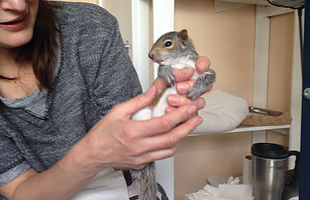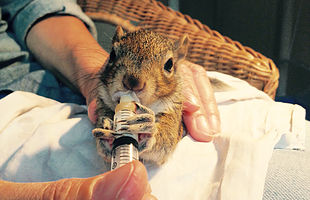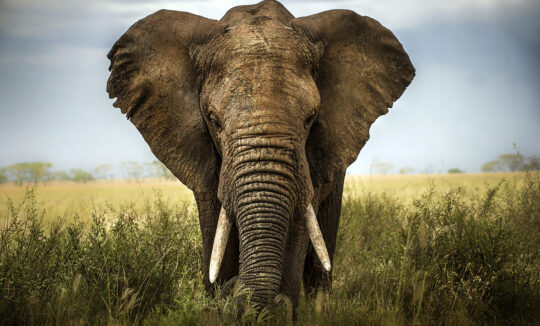 Learn More
Learn More
rescue,specializing in baby squirrels
and offering an informal rescue consultancy.

The legal bit
We are licensed by Natural England.
The reference for keeping is:
Natural England Ref: 2018-33021-SPM-DIA
Release licence situation.

The philosophical bit
We believe that every life is precious
and that every animal deserves a chance, regardless of its species.
Please refer to the “Essays and book reviews” section for more information

The practical bit
If you have found a baby squirrel:
– as long as it is safe to do so, stand back for 20-30 minutes to see whether the mother comes back,
– if she doesn’t, contact rescue and follow their instructions,
– if a rescue placement is available, please act as quickly as you can, the baby’s survival prospects depend on time.
Report a squirrel that needs rescue
We are a larhge froup of people who powered movement fighting for a green and peaceful future for your land, forest, ocenas, foods, climate and pass the green earth to our children. Each one of us can make small changes in our lives, but together we can change the world.
ReportOffer help as a feeding volunteer
The Obama administration just granted Shell’s final permit to drill in the Alaskan Arctic this summer despite overwhelming global public opposition and the obvious risks to Arctic communities, wildlife, and our climate. But this isn’t over. The President knows what’s at stake: his climate legacy.
Offer help Our Recent Projects
Our Recent Projects
More ProjectsWind Energy
Elephant Sanctuary
Conservation Volunteer
Engery Conservation
Integer posuere erat a ante venenatis dapibus posuere velit aliquet. Sed posuere consectetur est at lobortis. Nullam quis risus eget urna mollis ornare vel eu leo. Nullam quis risus eget urna mollis ornare vel eu leo.
Integer posuere erat a ante venenatis dapibus posuere velit aliquet. Sed posuere consectetur est at lobortis. Nullam quis risus eget urna mollis ornare vel eu leo. Nullam quis risus eget urna mollis ornare vel eu leo.
Integer posuere erat a ante venenatis dapibus posuere velit aliquet. Sed posuere consectetur est at lobortis. Nullam quis risus eget urna mollis ornare vel eu leo. Nullam quis risus eget urna mollis ornare vel eu leo.
Recent News
Read All NewsCurrent Campaign
Testimonial
Morbi leo risus, porta ac consectetur ac, vestibulum at eros. Etiam porta sem malesuada magna mollis euismod. Donec sed odio dui. Maecena.
Sarah Kof, Volunteer
Morbi leo risus, porta ac consectetur ac, vestibulum at eros. Etiam porta sem malesuada magna mollis euismod. Donec sed odio dui. Maecena.
Jane Doe, Volunteer
Morbi leo risus, porta ac consectetur ac, vestibulum at eros. Etiam porta sem malesuada magna mollis euismod. Donec sed odio dui. Maecena.
John Smith, Volunteer
Subscribe To Newsletter
The only way to make this happen is to make action!
Praesent commodo cursus magna, vel scelerisque nislet.








